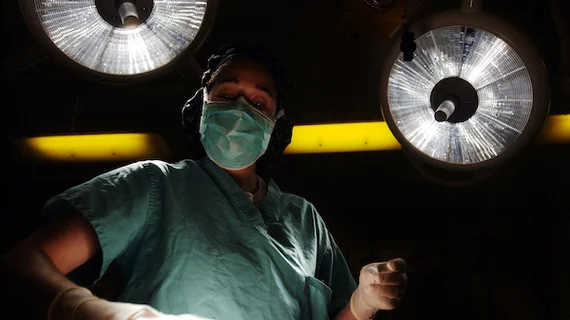Surgical stapler tops list of health technology hazards
Surgical staplers are the No. 1 health technology hazard for 2020, according to a new ranking from ECRI Institute. The devices, which are complex and require meticulous technique, can have fatal consequences when misused. And it’s not the only device to present a risk to patients. With the proliferation of new technology in healthcare, there are new potential hazards for patients that can cause serious harm or even death.
Medical mistakes are a leading cause of death in America, causing hundreds of thousands of deaths annually. Healthcare organizations should be aware that technology mistakes can have similar results, particularly as new technologies emerge and are implemented beyond the acute care setting.
ECRI Institute, a nonprofit organization that focuses on safe, cost-effective care in medical practices and products, ranked the top 10 health technology hazards for 2020.
Here are the top 10:
- Misuse of surgical staplers
- Lack of safeguards in point-of-care ultrasound
- Infection risks from sterile processing errors
- Hemodialysis risks with central venous catheters
- Unproven surgical robotic procedures
- Overload of alarms, alerts and notifications
- Cybersecurity risks in connected home healthcare
- Missing implant data in MRI scans
- Medication errors from dose timing discrepancies in EHRs
- Loose nuts and bolts and medical device failure
Since 2011, 42 deaths and more than 100,000 incidents with surgical staplers have been reported to the FDA, including 11,181 serious injuries and 98,404 malfunctions, according to ECRI Institute. Many of the events can be attributed to misuse of the surgical stapler, from selecting the wrong staple size to clamping onto tissue that it too thin or thick. To mitigate the risks, hands-on training is required, ECRI advised.
The ranking also picked out point-of-care ultrasound as a top hazard, with a lack of oversight putting patients and facilities in jeopardy. While these devices are easy to use, convenient for bedside intervention and portable, safeguards for use are weak, with limited raining experience and skill requirements. Misdiagnosis and an over-reliance on the devices have been reported when a more comprehensive exam by an imaging specialist may have been indicated.
Within medical and dental offices, the infection risks from sterile processing errors are also a top hazard for 2020. That’s because insufficient attention to sterilization exposes patients to contamination and virulent pathogens.
See the full report here.

